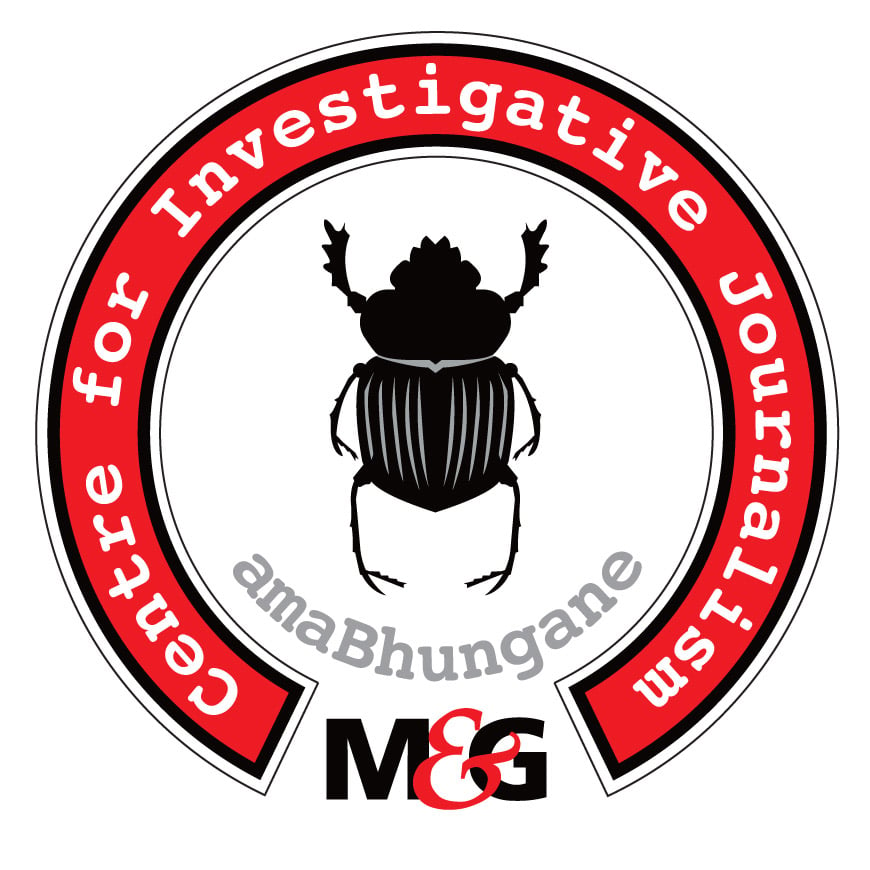Ill-conceived: Trade and industry directory general Lionel October claims South Africa was naive. Photo: Madelene Cronjé
Trade and industry director general Lionel October told Swedish television that South Africa was “naive” when it came to negotiating offset agreements (known as industrial participation) linked to the 1999 arms deal.
“I think South Africa was naive and was not clear about its objectives in this programme, so the offset was badly structured,” October said in a Swedish investigative feature, Dokument Inifrån, broadcast on Thursday evening.
He said the bulk of the projects were not within the core defence expertise of the companies selling the arms and were “seriously flawed and not sustainable”.
“That is the real weakness of the programme,” he added: “I think it was badly structured and conceived. It was a lesson for all parties.”
October’s comments contrast with his guarded but upbeat statement in February at the Seriti commission of inquiry, when he said: “I think that this programme achieved a material benefit for the country … as I said it’s not the perfect instrument but it was the best tool we had at the time …”
Broken promises
The hour-long Swedish show homes in on what it portrays as the broken promises of helping to “build up” South Africa that were tied to the sale of Swedish Saab JAS Gripen fighters.
Saab, in partnership with Britain’s BAE Systems, which supplied Hawk jet trainers, accounted for the lion’s share of the offset obligations generated by what, in 1999, was a R30-billion deal.
October concedes that the way offset credits were generated and calculated often bore no relation to what happened on the ground.
In one exchange October is asked: “So basically, what SAAB-BAE could do is say we are going to create this many jobs, and not create a single job and still be off the hook?”
He replies: “As soon as they show they have put money in the project, they get the credit … Whether the project fails or succeeds is not important because you get points up front. That is the great weakness of the programme. You have no legal binding or commitment.”
‘Quackery’
The broadcast is also highly critical of a $10-million offset investment in a controversial purported HIV and Aids treatment system called Hivex.
Hivex, a company with arms deal middleman Fana Hlongwana as a director, promoted a device invented by two Russians, who claimed it could neutralise the HI virus with electromagnetic radiation.
With money from the arms companies, Hivex was able to fund a “phase two study” by the Nelson R Mandela School of Medicine at the University of KwaZulu-Natal. Hivex wanted to prove that the treatment worked. The broadcast shows how a summary of that study was used by Hivex to market the treatment until the company was forced to stop operating in KwaZulu-Natal in 2012, following repeated complaints by the Treatment Action Campaign.
The full research report has never been released but, for the first time, the Swedish journalists obtained a copy. They asked one of Swedish Aids researchers, Professor Anna Mia Ekström, to analyse the report.
She notes: “It is a carefully written report showing that Hivex does not have any demonstrable effect on HIV. Neither on the amount of virus in the blood, nor on the immune system.”
The Swedish reporters confronted Saab’s press officer, Sebastian Karlsson, about funding this alleged “quackery”. He disagrees: “There are different views on this … it was something the customer wanted us to do.”
In the broadcast, Pierre Schori, a close assistant of former Swedish prime minister Olof Palme and the minister for development co-operation at the time of the arms deal, looks back on Sweden’s role with sadness: “It was a huge improper investment, both from the Swedish side … and for South Africa itself.”
* Got a tip-off for us about this story? Click here.
 The M&G Centre for Investigative Journalism (amaBhungane) produced this story. All views are ours. See www.amabhungane.co.za for our stories, activities and funding sources.
The M&G Centre for Investigative Journalism (amaBhungane) produced this story. All views are ours. See www.amabhungane.co.za for our stories, activities and funding sources.